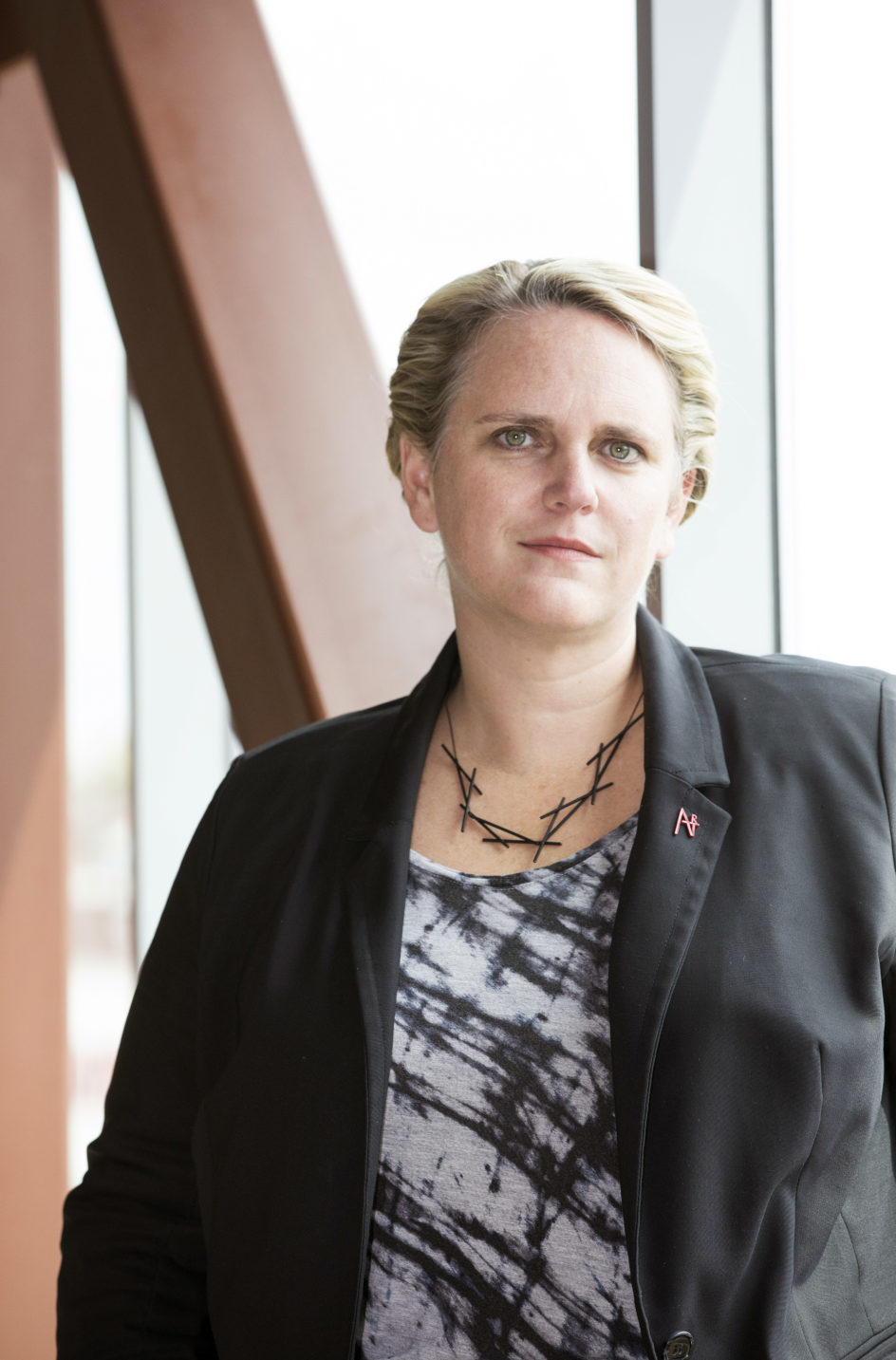By Melanie Korn
Portrayals in films, on TV shows, in magazines and across other media can dramatically affect how humans see themselves and each other. We asked three different Ohioans to share how media portrayals impacted their own sense of identity.
As a Gen-X kid, popular culture—Saturday morning cartoons, music videos on MTV, Atari and mixtapes—was a defining framework of my youth.
And certain movie characters helped me understand who I wanted to be and who I didn’t as I was coming of age—none more than those created by filmmaker John Hughes. His films documented and influenced a generation of (white and suburban) cynical teenagers who seemed to have more anxiety about their futures and distrust of authority than their relatively privileged lives should warrant. In short, they hit home.
Not all of Hughes’ teen movies stand the test of time, with trite social-class conflicts and punch lines that rely on sexism, homophobia and racism. But my favorite Hughes film was “Some Kind of Wonderful” (1987). Drummer Watts (Mary Stuart Masterson) and artist Keith (Eric Stoltz) are childhood best friends and high school outsiders from the wrong side of the tracks. Watts is in love with Keith. Keith is oblivious and has his eyes on Amanda (Lea Thompson), who runs with the rich kids but is actually from the same working-class neighborhood as Keith and Watts. By the end of the antics and romance, Keith realizes he does love Watts, while Amanda is happily on her own.
The film’s strong character development, comedic asides and killer soundtrack compensate for its predictability. Most importantly, Hughes makes the outsiders the heroes. Keith defies his overbearing father by choosing art school rather than majoring in business at the university. And in the end, the soft-spoken, artsy Keith and short-haired, no-nonsense Watts stop worrying about societal expectations and choose each other for who they are.
For me, “Some Kind of Wonderful” was personal. It came out at the moment when I was starting to figure out my queer identity, and Watts was my first crush. Growing up in the 1980s meant not having a lot of clearly identified LGBTQ+ characters in popular culture to emulate, so for many of us, that meant finding the “queerness” in purportedly straight characters.
Throughout the movie, Watts’ sexuality is questioned because of her gender presentation. One character says she looks like a guy but has “a little bit too much up front,” so she must be a lesbian. And when Watts encourages Keith to practice his kissing on her before his big date with Amanda, she tells him to “pretend I’m a girl.”
As a young person, I understood the problematic nature of these homophobic stereotypes: Women must be hyper-feminine to be attractive, all masculine women are lesbians, and lesbians are bad. And yet each moment of calling attention to Watts’ genderqueerness was an affirmation of my own identity and desire. Though negative, stereotypes can also cue recognition. When your identity is taboo, there is an excitement in feeling like you are part of a secret club who can pick up on signs of otherness and queerness that are just under the surface of “straight” characters and their love stories.
At 13, I simultaneously wanted to be Watts and be with Watts. Thirty-some years later, I’m still grateful for Watts—and Duckie, Allison “The Basket Case” Reynolds, and other queer/not queer characters created by Hughes—who helped me see what my life might look like in a time before “Will & Grace” and “Ellen.” The only better ending for “Some Kind of Wonderful” than Watts and Keith finally getting together might have been for Watts to sweep Amanda off her feet. Or better yet, for Watts to break the fourth wall, and with a knowing wink, beckon me into her 1980s-cool world to be my punk rock girlfriend.
Melanie Corn, PhD is president of Columbus College of Art & Design, where she has strengthened the school’s role as a leading cultural institution while building its national reputation.

